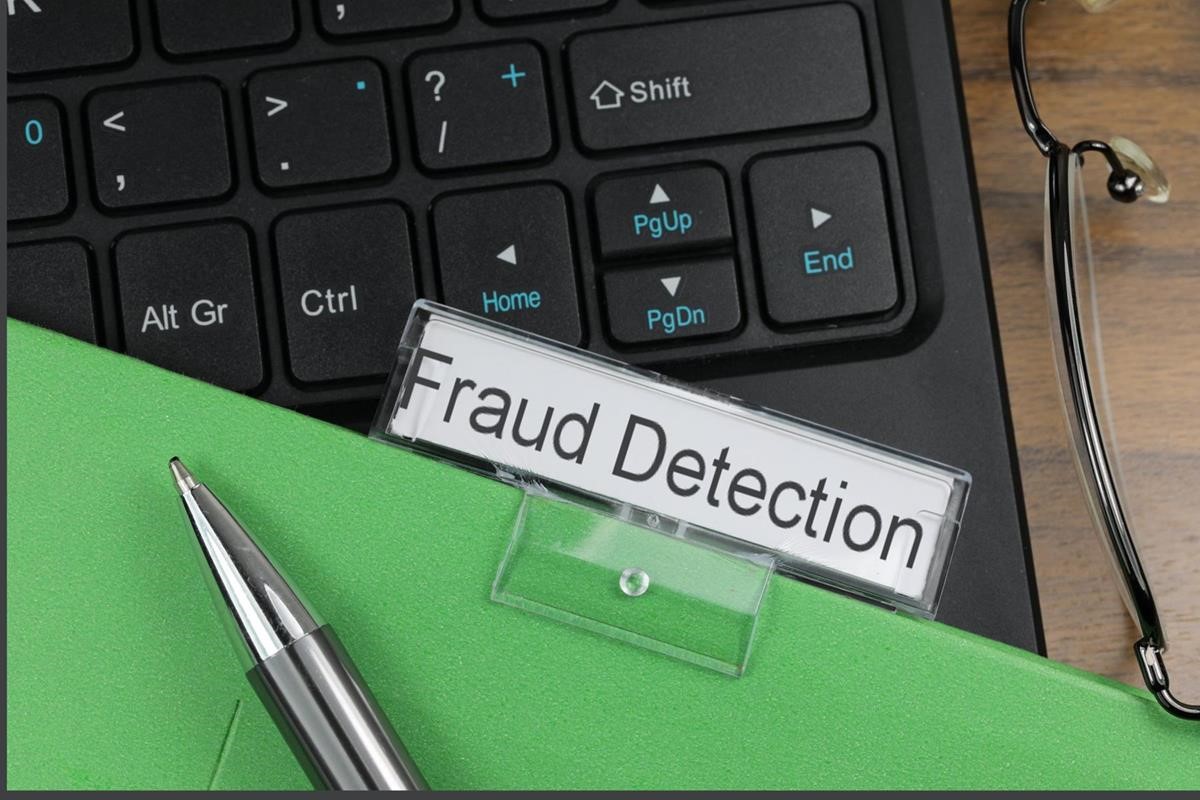Have you ever watched a crack in the wall and thought, “It’s nothing, just cosmetic”? Weeks later, the same crack widens, swallowing paint, bricks, and peace of mind. That’s how risk works. The small ones you ignore are the ones that ambush you.
A school in Masindi once ignored a tiny trail of ants crawling up a wooden beam in their library. The caretaker waved it off as “normal.” Two years later, the roof caved in during a rainy season, destroying books, computers, and leaving children without a classroom. The disaster wasn’t caused by the rain. It was caused by termites allowed to eat slowly, quietly, until the structure gave way.
This is the anatomy of risk. Small, daily oversights, ignored emails, unchecked reconciliations, one staff member bypassing procedure “just this once”, are termites in your organisation. They don’t roar. They whisper. And yet, they bring empires down.
How small risks grow fangs
- Normalization of deviance. A cashier rounds off UGX 5,000 from daily collections. Management laughs it off. “At least she’s reporting honestly.” Months later, the habit scales into UGX 50 million siphoned through mobile money transfers.
- Ignored warning signs. A bank’s IT officer notices failed login attempts at 2:00 am. He assumes it’s a system glitch. No escalation. Two weeks later, the core banking system is breached. What began as a minor anomaly becomes a multimillion-shilling cyber heist.
- Tolerance for mediocrity. An NGO accepts reports submitted late by one field officer. “He’s hardworking, let’s be flexible.” Soon, half the field staff stop meeting deadlines. The project loses donor funding. A tiny compromise cascades into an existential crisis.
The silent fuel leak
In early 2024, Summit Consulting was called by a logistics company in Jinja. Trucks were always “under-performing” on fuel efficiency. Management dismissed it as bad roads. But our audit revealed the truth:
- Drivers siphoned small amounts of fuel, two litres here, three litres there, selling to boda riders.
- No one noticed because reconciliations were manual, and the finance team saw “variances” as trivial.
- Over three years, these small leaks grew into a UGX 1.2 billion hole.
This wasn’t fuel theft. It was the story of how tiny, ignored risks become corporate earthquakes.
Why leaders ignore small risks
- Familiarity: They happen so often that they feel normal.
- Optimism bias: Leaders believe “our people wouldn’t do that.”
- Resource trade-offs: Boards allocate budget to fight big lions, while snakes crawl under the table.
Lessons for boards and CEOs
- Interrogate the trivial. If a risk seems too small to care about, ask how it could multiply.
- Escalate anomalies. A small system glitch may be the first symptom of a full-blown breach.
- Audit the day. Fraud rarely begins with billions. It begins with thousands.
- Zero tolerance. The moment you excuse a “minor” lapse, you see tomorrow’s disaster.
Organisations rarely fall because of earthquakes. They fall because of ignored cracks. The leaders who win are those who train their eyes not just on the spectacular, but on the ordinary. Because in business, the termites eat longer than the lions.





